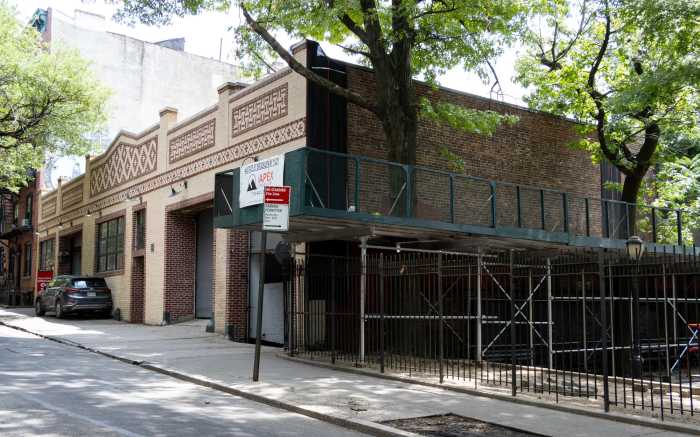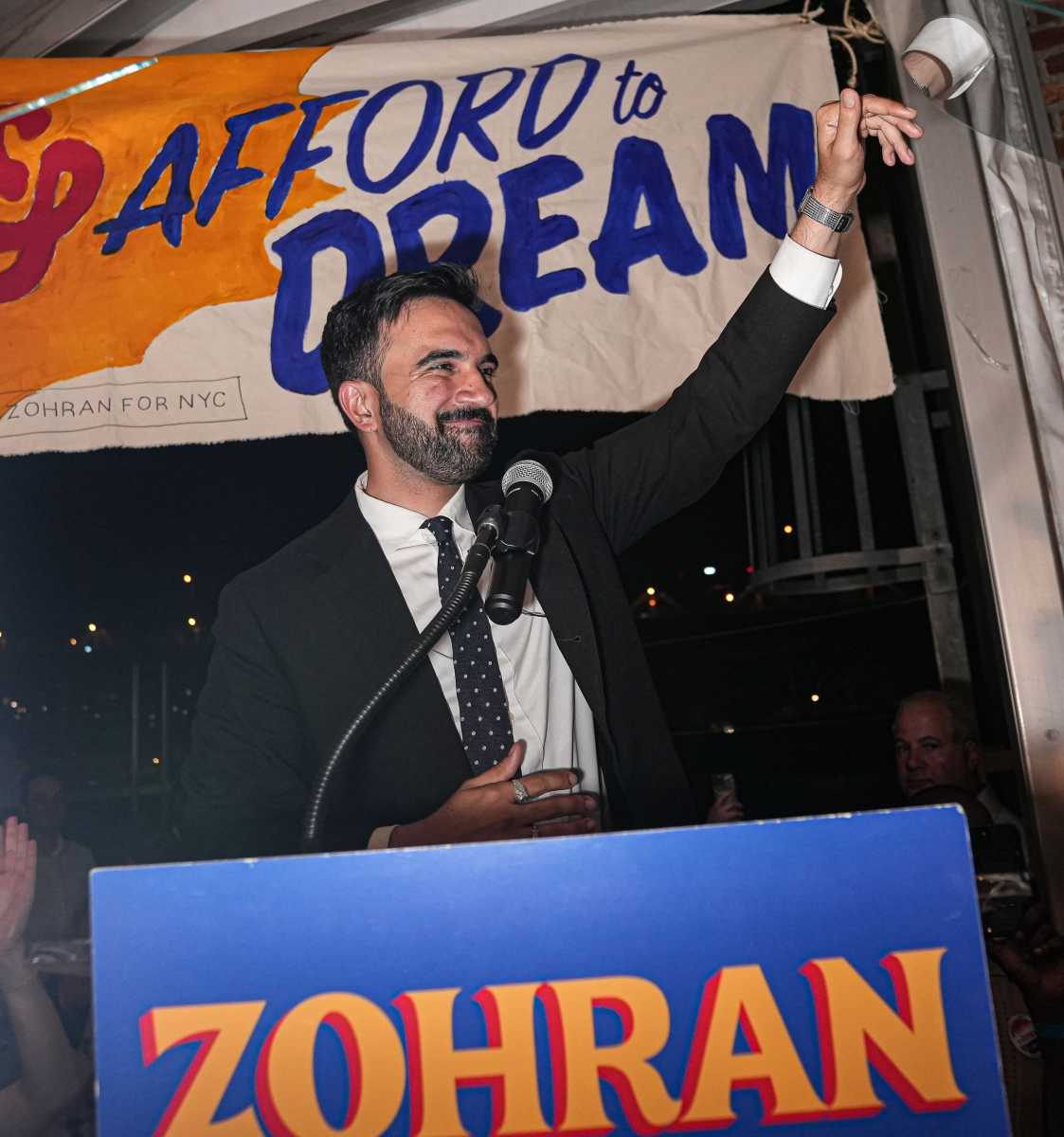The operators of Brooklyn’s last working cargo port came under fire this week after they reportedly funneled tens of thousands of dollars in campaign contributions to elected officials who oppose the Bloomberg Administration’s plan to evict them to create a tourist haven in Red Hook.
On Oct. 3, 21 elected officials sent a letter to the Port Authority urging it to halt its plan to sell the docks to the city and, instead, offer a new lease to American Stevedoring, Inc., which runs the cargo port.
But ASI may appear to have paid for those officials’ support.
Council Speaker Christine Quinn (D–Manhattan) and Councilman David Yassky (D–Brooklyn Heights) received $17,500 and $14,950 respectively in donations tied to ASI, city records show. The donations were first reported by the New York Post.
Good government groups said the donations raise the specter of a quid pro quo.
“People who contribute political campaign money do it for two reasons,” said Dick Dadey at Citizen’s Union, a good government group. “One, they like what the candidate is doing on their issues and, two, they give to candidates who they hope will support their issues.”
ASI needs friends in high places because it has been in jeopardy of losing its lease on four piers south of Atlantic Avenue that the Bloomberg Administration wants for use as a maritime museum, another cruise ship terminal, and a new home for the Brooklyn Brewery.
A spokesman for Yassky said the councilman was an ASI supporter long before he ever received the donations from company officials.
“David was chair of the Waterfront Committee and involved on this issue with this stance before any of these contributions were provided,” said the spokesman, Sam Rockwell.
Rep. Jerrold Nadler (D–Coney Island), who also signed the protest letter, has received $30,400 in donations since 1997 from ASI Chief Executive Sal Catucci and his family.
The other 18 politicians who signed the letter have not been the beneficiary of ASI’s largesse.
“It shows that there is broad support for the idea, regardless of whatever people’s relationship is with ASI,” Rockwell said.
The mayor accomplished part of his waterfront dream when the Queen Mary 2 and other cruise ships began docking at a new $56-million terminal in Red Hook last year. To make room for the ship terminal, the city was able to force ASI off a neighboring pier, partly because it promised the cruise business would create hundreds of new jobs.
But only 14 full-time jobs opened up at the cruise terminal in the first year, far less than the 100 full-time workers employeed by ASI.
The longshoremen say that the mediocre economic impact of the cruise industry — and not the campaign donations — explains why politicians support ASI’s fight.
“People who were already skeptical of the city’s plan came to a more solid conclusion that the whole thing wasn’t really making that much sense,” said ASI spokesman Matt Yates.
Nonetheless, the Port Authority remains committed to redeveloping the Brooklyn waterfront.
“We’re working with the city to solicit the best competitive ideas for bringing jobs and economic activity to those piers,” said Marc La Vogna, a Port Authority spokesman.
Calls to the mayor’s office and the city Economic Development Corporation were not returned.
























